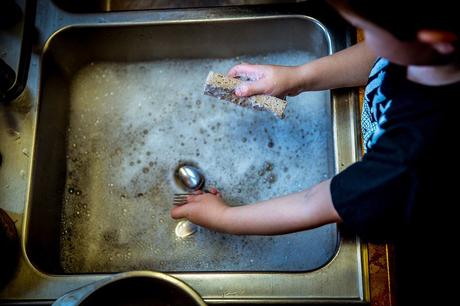
As a parent, you hold the primary responsibility for teaching your kids the proper skills they will need as adults. Among these abilities is saving money and you are able to outline fundamentals and habits in your children which will give them a strong footing for their future if you begin early. Issues with debt are the consequence of not knowing how to save money so in this post we will discuss different tips to teach children about money.
How to Teach Your Children About Money
1.Basic principles
As soon as children understand what money is, they will be ready to learn what they may do with it. It is your job to discuss the concepts of saving.
Talk to them about how each time someone wants to purchase something, he needs to have a sufficient amount of money for it. You might not have enough if you didn’t save the money you got since things cost a ton of money.
Your children will be much more prone to take hold of those principles if you’re practicing them as well. When you make a purchase that is large, like a family holiday, discuss how you saved up for it.
You might discuss with your children when you can’t afford to make a purchase, and you tell them it is because you are saving up the money for the purchase, that way they can understand.
2.Earning interest
Keeping money under the mattress, in a piggy bank, or in a cookie jar is not the ideal way to do it. Kids should understand that they can earn interest on their savings.
This concept is in the base of retirement savings, and when you don’t frame it in that context, it isn’t beneficial to your children to learn. Help your kid understand what this means to earn interest by helping them open a savings account at your local credit union or bank.
Many banks or credit unions have balances designed especially for kids that yield relatively high rates of interest on their low balances and do not charge any fees either. Make a habit of looking at the account statement with your kid each month so that he or she can see the interest deposits and watch the income add up.
Older children may also learn about earning interest through certificates of deposit, bonds, along with other long term investments.
3.Saving up to purchase
Help your kids put any of those principles in practice in their own lives by encouraging them to save up to purchase the things they want. Help them research how much something can cost and ensure they’ve got a place to put saved money.
Then, each time that they get money, whether from an allowance, working, or getting it as a present, ask them how much of it that they would like to save for the item that they plan to purchase. This works for everything from small toys to bigger items such as electronics, special trips, an automobile, and college.

4.Give commissions not allowances
Children need to learn the concept of spending their own earned money but don’t just give kids money for existing. Pay your kids a commission based on chores they do around the house like taking out the trash, our cleaning the room.
Create a chore chart with the commission amounts labeled on the carts and let your children choose the chores they will tackle for the week. This will help them learn responsibility and self-reliance.
Free Printable Chore Charts Here
5.Teach giving
Once you have taught them the basic principles of money, how to save, and how to earn, don’t forget to teach them the importance of giving. You can help them choose a charity, a local church, donate in the grocery store, or maybe you know someone who needs some help.
”We make a living by what we get, but we make a life by what we give.” Winston Churchill
6.Dangers of credit
When your child turns 18, they will be open season for the credit card companies. I remember my first day at my college, I went to one of the orientations and there were all these tables with people handing out bags and goodies. I had no idea they were credit card companies offering credit. They wormed their way in and next thing I knew I had a credit card.
I had no prior knowledge of credit and no guidance from my mom to let me know that I should have steered clear of those offers. They knew I was young and naive and they used that. So it is important to teach your children how debt is bad and how to avoid it.
Conclusion
Teaching your children about money is a responsibility best achieved through example. If you want your children to be able to successfully manage their money you must first be able to do this yourself.
One of the best ways to teach children to manage money is by allowing them to manage their own. Implement age-appropriate chores and pay commissions instead of allowances.
Teaching your children about money will take time so take it day by day and make it fun!
We Want to Hear From You: What is your favorite way to teach children about money? What advice would you give parents when first starting to teach their children about saving?

